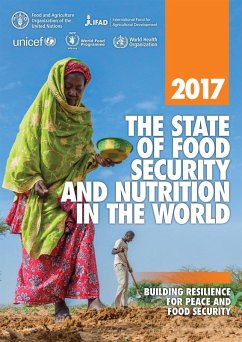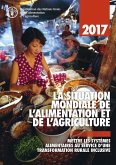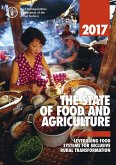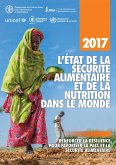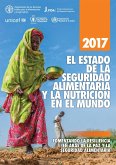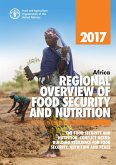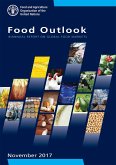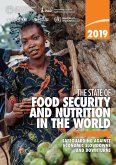These and other findings are detailed in the 2017 edition of The State of Food Security and Nutrition in the World (formerly, The State of Food Insecurity in the World). For the first time, this year's report is published by an expanded partnership, with UNICEF and WHO now joining FAO, IFAD and WFP. The report also marks a new era in the monitoring of food security and nutrition in the context of the 2030 Agenda for Sustainable Development and the UN Decade of Action on Nutrition. To assess progress made towards the goal of ending hunger, the report uses both the traditional measure of the prevalence of undernourishment and a new indicator, the prevalence of severe food insecurity, based on the Food Insecurity Experience Scale. The report further looks at various forms of malnutrition, including trends and situations for child stunting, wasting and overweight and for adult obesity, breastfeeding and anaemia in women. The thematic part of the report sheds light on how the increasing incidence of conflict in the world is affecting food security and nutrition. It also explores how, by improving food security and nutrition and by making rural livelihoods more resilient, it is possible to help prevent conflicts and sustain peace.
Dieser Download kann aus rechtlichen Gründen nur mit Rechnungsadresse in A, B, CY, CZ, D, DK, EW, E, FIN, F, GR, H, IRL, I, LT, L, LR, M, NL, PL, P, R, S, SLO, SK ausgeliefert werden.

